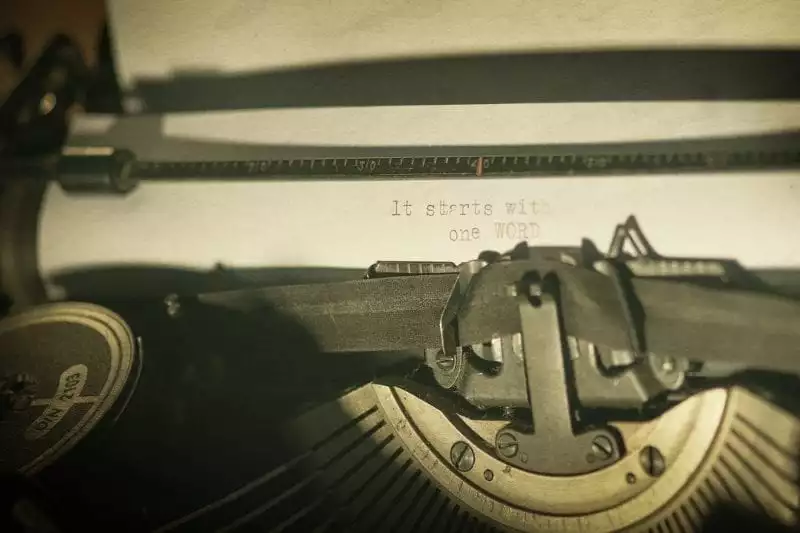10 tips for effective copywriting for fundraisers
The Institute of Fundraising South East and London Committee hosts a monthly masterclass for fundraisers. There is a different guest speaker, covering a different topic every month and January’s theme was copywriting, which was presented by Rachel Stafler. Rachel shares a summary of her ten top tips for effective copywriting below.
In organisations large and small, copywriting often gets overlooked in favour of more pressing tasks. When it comes time to write something, you jot down a few sentences and hope it gets your message across. However, effective copywriting can inspire readers, bring greater awareness of your organisation and help raise money, so it pays to spend a bit of time crafting content that works.
The good news is that with a little planning and thought you can make writing easier and less overwhelming. Here are 10 tips that you can easily implement when putting together your next report, blog, newsletter, and more.
Advertisement
1. Think before you type

Good writing starts with good planning. Take a few minutes to think about how you can make this piece for work best your organisation and your readers. There are a few things to consider before you begin.
- Your goal – Do you want to raise awareness of a certain issue or programme? Do you want readers to make a donation? What is it exactly that you need to communicate?
- Who you are writing for – Writing for potential donors is different than writing for your board. What do your readers want to read about?
- What is most relevant at that moment to your readers?
2. Gather information

Once you have a topic nailed down, you need to include facts. There’s no better way to do this than with statistics and numbers. How many people use your services? How many people have volunteered? Gather concrete figures from inside your organisation and keep a running tally throughout the year.
3. Make it personal

Storytelling is the heart of any good communications strategy. People relate to people. Make an effort to tell your readers about the people who use benefit from your organisation. Emotion can often be more powerful than facts.
One way to make this process easier is to collect case studies in advance. Then when it comes time to write, you have a story ready to tweak for that particular piece.
Don’t forget to use direct quotes so readers can hear directly from the people you interview.
4. Outline before you write

This tip is especially relevant when it comes to writing longer pieces. If you want the actual writing part to be easy, create an outline. If you’ve already gathered your facts and stories, outlines aren’t too hard to pull together.
I often make a list of the points and quotes I want to include, and then spend some time rearranging them to make a coherent structure. Your outline doesn’t have to look good. Only you will be using it.
5. Write around your outline

Finally, the actual writing bit. With an outline, this step will be much easier. Here are a few points to keep in mind when writing.
- Write about the benefits of your work, not the features. Make sure you are using the word “you” more than “I” or “we”.
- Keep it concise – No one has patience to read extra words and sentences. Don’t write around a topic and make your point sooner rather than later.
- Break up the text using bullets, subheads and bold to show off your most important points.
6. Edit your work

There’s a saying that movies are made in the editing room. The same applies to writing. There will be chunks that you love that need to be cut out, including your favourite sentences. After you’ve written your first draft, go through it to see how you can consolidate ideas and cut out words.
Pay particular attention to punctuation and grammar. Repeat words or missed words are so easy to overlook and reading the piece out loud can often help you catch mistakes.
7. Let it sit

It can be tempting to hit send or publish just after you’ve finished writing. It’s a lot smarter to let the piece sit overnight, a few hours or even the time it takes to get a coffee. Fresh eyes pick up on typos. Sentences that sounded good earlier may not be quite as convincing after giving yourself a little distance.
8. Two heads are better than one

Most newsrooms have a rule that nothing gets published without a second set of eyes. The same should go for your writing. Give your work to a colleague or friend to review. They will often pick up on errors or have helpful suggestions to make it better.
9. Write a great headline

A compelling headline will convince people to click on or read your work. Write several different versions and then choose the one that fits best. Think about using numbers or quotes.
If it feels like your headlines don’t quite work, ask a colleague to come up with a headline. This will often help you focus and you can then build on their comments if necessary.
10. Learn from others

When you come across a good example of writing, bookmark it or cut it out. Create a file of pieces of work that you like so you can look to it for inspiration when you need it. Looking at successful pieces of copywriting will help spur your own creativity.
Writing is a skill. The more you do it the better you will get. Don’t get scared by that blank screen.
Start with step one and work your way down the list. Soon you’ll be writing like a pro.
February’s Institute of Fundraising South East and London masterclass will focus on leadership. For more information, or to buy your ticket, click here.
Rachel Stafler is a London-based copywriter and communications strategist. She also teaches copywriting through trainingmadevisual.co.uk.



